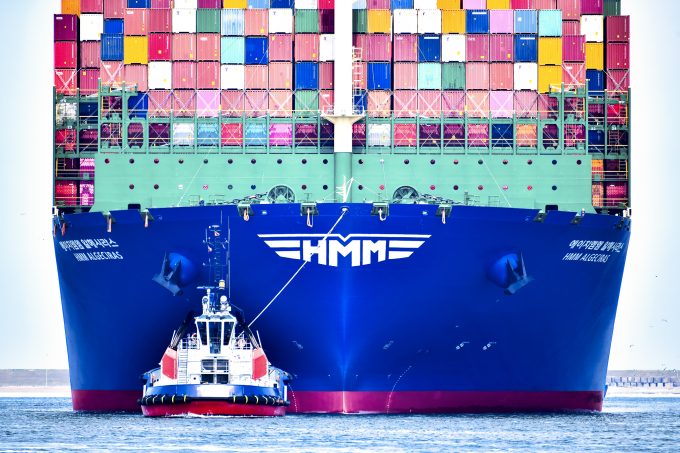
South Korean ocean carrier HMM is upgrading its coverage of the lucrative Asia-Mediterranean trade in August with a new standalone service.
Outside HMM’s THE Alliance vessel-sharing agreement, which already offers three weekly loops, it will commence with the sailing of the 11,000 teu HMM Blessing from Busan on 6 August. The ship is currently deployed on a transpacific Asia to US west coast loop.
Moreover, HMM indicates it will be looking at launching more independent services as it seeks to grow its ...

Comment on this article